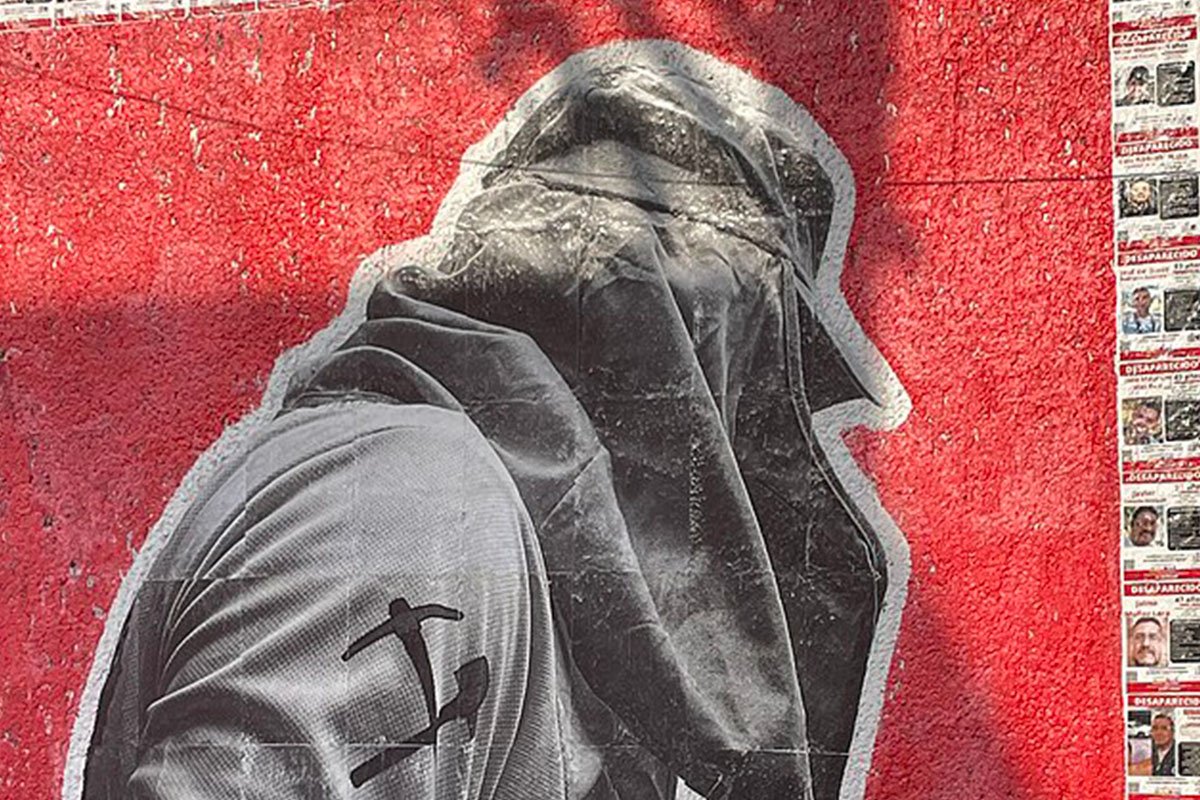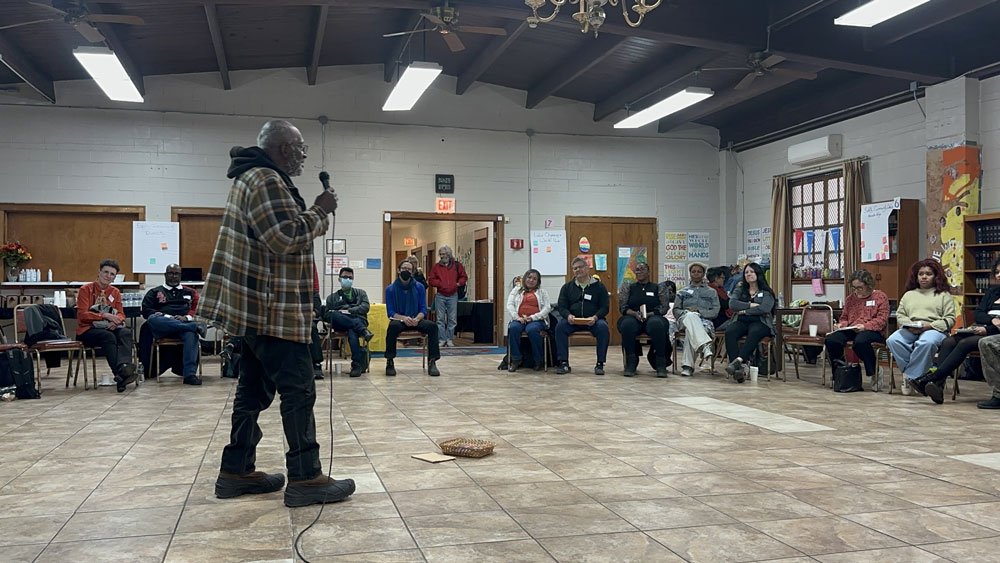
November 6, 2019; Smithsonian Magazine
For the past several years, NPQ has documented museums’ efforts to participate more actively in public conversations. There was the National Museum of the American Indian’s decision to make present-day protest objects museum artifacts, the many repatriation efforts that recognize cultural debts, the Anacostia Community Museum’s exhibit on city expansion and gentrification, and more.
We’re about to see another big step in that effort. Led by the Feminist Art Coalition, over 50 museums will host exhibits on feminisms leading up to the 2020 presidential election. Yes, that’s “feminisms,” plural; as the coalition’s website explains, “There are many different definitions for feminism, both past and present, so FAC prefers to put it in the plural. Feminism is no longer a singular concept but embraces and encompasses many different forms of thought and approaches to cultural change.”
Put simply, the coalition embraces the both/and construction of social forces (as opposed to either/or) that movement groups recognize as more democratic and inclusive.
The effort was begun by Apsara DiQuinzio, the UC Berkeley Arts Research Center and BAMPFA Curator of Modern and Contemporary Art and Phyllis C. Wattis Matrix Curator. Like many others, she was inspired by the grassroots energy of the 2016 Women’s March and wanted to inspire that kind of energy leading up to the polls in 2020.
DiQuinzio told Hyperallergic, “The goal is mostly to shed light on larger cultural feminist issues, spark public dialogue, and to inspire civic engagement leading into the presidential election.”
Inspired by the march’s energy, DiQuinzio arranged a working group of curators, got a $50,000 grant from the Andy Warhol Foundation, held a roundtable of more curators to discuss ideas, and sent the invitation out into the world. “We sent out mass emails to everyone we knew in the field and pitched it at several conferences,” she said, “so this was meant to be a word-of-mouth, democratic process.”
Sign up for our free newsletters
Subscribe to NPQ's newsletters to have our top stories delivered directly to your inbox.
By signing up, you agree to our privacy policy and terms of use, and to receive messages from NPQ and our partners.
The process is open in a variety of ways, including the deliberate expression of multiple feminisms. Participants will include works from men and nonbinary individuals; the five curators agree that feminism—however one may understand it—should concern all people. Works aren’t even limited to museum installations; in addition to some highly anticipated retrospectives and surveys, the coalition will include symposiums and performances.
The five curators have already published what they’ve called “Notes on Feminisms,” or essays that were commissioned to discuss urgent issues. There are four as of today’s writing, and more are expected. A powerful essay called “The Plot of Her Undoing” by Saidiya Hartman, a literature professor at Columbia University and a 2019 MacArthur fellow, reads:
The plot of her undoing begins with she, her, his him, mine…with dispossession and the rule of law. It begins with the great chain of being…with the announcement “I think” and “I am” and “I own” and “I will,” with the possessive my and mine…
The undoing of the plot does not substitute the woman for the man or topple the hierarchy to become the hierarchy… it is stoked by quiet persistence, it is nurtured in the hollow of trees and in the dismal swamp.
Participating museums span the field. Some are major institutions like the Boston Museum of Fine Arts, the Museum of Contemporary Art San Diego, and the Pérez Art Museum Miami; others are university-affiliated galleries like the MIT List Visual Arts Center and the Rhode Island School of Design (RISD) Museum; and smaller institutions like the Queens Museum or the Menil Collection in Houston. Even the Whitney Museum, subject of many recent NPQ articles, will host My Barbarian’s “Rose Bird.”
Reimagining museums as places to host and contemplate public conversations is a sector-wide shift, one that requires considering not just what museums hang on their walls or who comes inside, but what else can happen in that space and what, really, is the mission. The Feminist Art Coalition showed a beautiful balance of singularity in purpose and plurality in participation, allowing institutions across the country a new collective avenue to provoke thought. We are very excited to see the results.—Erin Rubin











